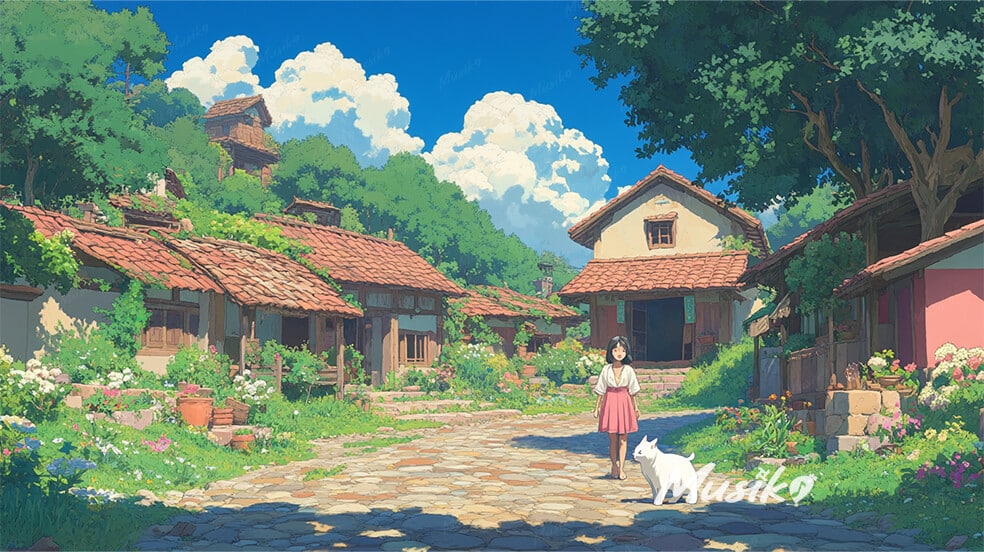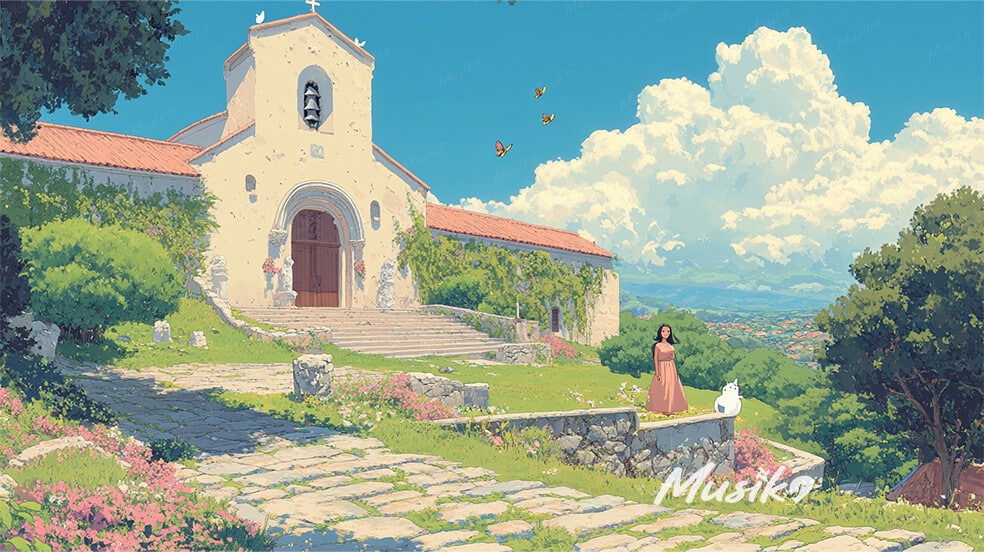🌄 Discover Gattaran, Cagayan
Nestled in the lush valleys of Cagayan province, Gattaran is a quiet yet culturally rich municipality that offers a perfect blend of nature, history, and local charm. If you’re looking to explore an off-the-beaten-path destination in the Philippines, Gattaran might just be your next unforgettable stop!
🌄 The Place
Gattaran is located in the northeastern part of Luzon, along the mighty Cagayan River. Surrounded by green hills and fertile farmland, the town is peaceful and scenic. It’s ideal for travelers seeking a slower, more authentic pace of life far from the hustle of city lights.
🏛️ Landmarks and Tourist Spots
Gattaran Shell Middens – A National Cultural Treasure, these ancient shell mounds prove that Gattaran was inhabited thousands of years ago. A must-see for history buffs!
Tanglagan View Deck – Capture panoramic views of the river valley and nearby mountains. Sunrise here is Instagram-gold!
Our Lady of Snows Parish Church – A colonial-era church that stands as a reminder of Gattaran’s deep Catholic roots.
Mannalu River – Perfect for kayaking, river cruising, or just enjoying the refreshing waters.
Callao Cave (nearby in Penablanca) – While not directly in Gattaran, this iconic cave system is just a short trip away and often included in local tours.
🧑🌾 Culture and Language
Gattaran is deeply rooted in Ibanag and Ilocano traditions. Locals are warm, welcoming, and known for their “pagayaya” (hospitality). Their sense of community is alive in every fiesta, bayanihan, and nightly kwentuhan by the roadside.
Primary languages spoken are Ibanag, Ilocano, and Filipino, with English widely understood in schools and government offices.
🍲 Food Trip in Gattaran
Prepare your taste buds for:
- Inabraw – A vegetable stew packed with local greens and bagoong
- Igado – A savory pork and liver dish made Ilocano-style
- Pancit Cabagan – A rich noodle dish often topped with hard-boiled egg, lechon, and thick sauce
- Binallay – A glutinous rice treat wrapped in banana leaves, often served with latik
Don’t forget to try local sugarcane-based delicacies and fresh tilapia straight from the river.
🎉 Festivals and Traditions
Gattaran Town Fiesta (July) – A colorful celebration in honor of Our Lady of Snows with street dancing, beauty pageants, and grand processions.
Afi Festival (Fire Festival) – A tribute to ancient fire-making traditions, showcasing local dances, rituals, and music.
🎶 Music and Arts
Gattaran takes pride in its Ibanag folk music, bamboo instruments, and traditional dances like the binaylan. Local schools and barangay groups often perform during festivals, keeping the artistic spirit alive.
⭐ What Gattaran is Known For
- Home of ancient Shell Middens
- Rich Ibanag heritage
- Fertile lands for farming and rice cultivation
- Rural tranquility with stunning river views
- Gateway to eco-tourism in Northern Luzon
📸 Travel Tips
- Best months to visit: March to July
- Pack light, but bring hiking shoes
- Don’t be shy to chat with locals, they have the best travel stories!
- Explore by tricycle or motorcycle for a truly local feel






